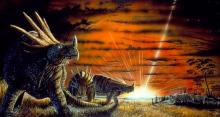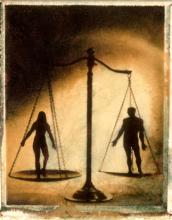“Lost Continent” Sinks Beneath the Ocean
An entire lost continent, which used to exist next to Scotland, has recently been discovered by scientists. The continent was created around 10 million years after the dinosaurs died out, caused by a sea floor eruption. The resulting continent neighbored Scotland sank two kilometers below the surface later, after being around for at least a million years.
This is a huge piece of news—as incredible as it is scary. Imagine how the continents that we live on could someday simply follow this lost continent into lack of existence. If you click on the link, you can read about some scientific theories about how the continent sank—but nothing is known for sure. Had it been around today, the lost continent would have been covered with mountains and flowing rivers—quite a magical looking place. I wonder what lived there? I wonder if any species were native to the continent alone and died out along with it?
The actual rise of the continent itself, say scientists would have been considered a huge natural disaster at the time. The lost continent was located with sound waves, which is another incredible piece of news. Keep searching the world with these waves, I say—imagine what other magnificent finds we could discover.



